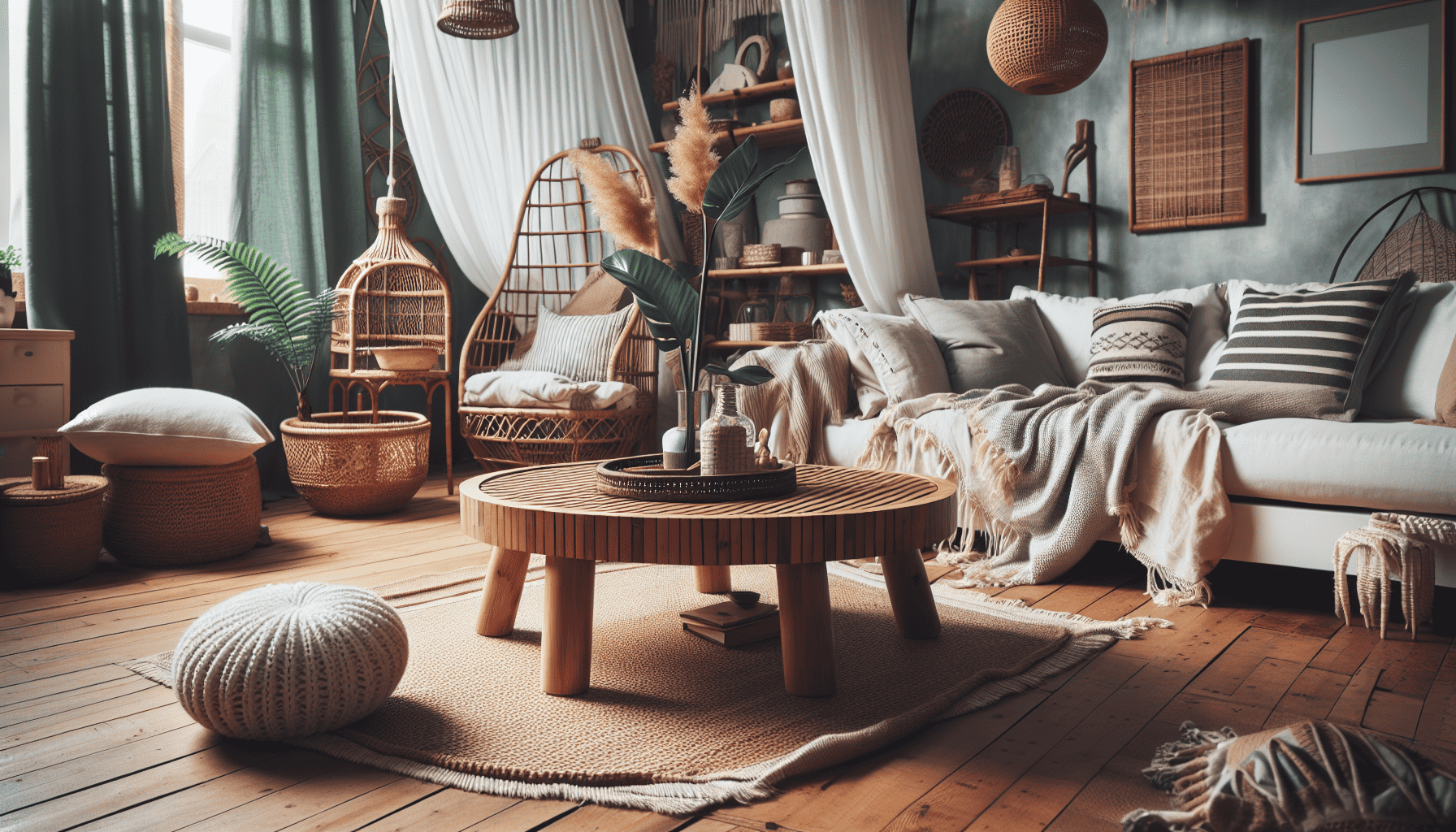Creating a home that not only exudes charm and personality but also embraces sustainability is a refreshing approach in the world of interior design. By incorporating eco-friendly practices, you can craft an environment that is not only stunning but also kind to the planet. Here are some strategies for achieving a greener home through sustainable interior design.
Choose Sustainable Materials
The foundation of eco-friendly design lies in the selection of materials. Opt for sustainable options like bamboo, reclaimed wood, or recycled metal. These materials reduce environmental impact through renewable sourcing and by minimizing waste. Bamboo, for instance, grows quickly and requires fewer resources, making it an excellent alternative to traditional hardwoods.
Embrace Vintage and Upcycled Furniture
Integrating vintage or upcycled furniture pieces can significantly reduce your carbon footprint. Purchasing secondhand items curtails demand for new production, conserving resources and reducing waste. These pieces add a distinct character and sense of history to your space, making your home truly unique.
Go Green with Natural Textiles
When furnishing your home with textiles, prioritize natural and organic options such as cotton, hemp, or linen. These materials are not only biodegradable but often require less energy to produce than synthetics. Additionally, they are often crafted without harmful chemicals, promoting a healthier indoor environment.
Incorporate Energy-Efficient Lighting
Lighting plays an important role in the sustainability of your home. Swap out traditional incandescent bulbs for energy-efficient LED lighting, which consumes less electricity and has a longer lifespan. Using natural light is even more energy-efficient; maximize its use by strategically placing mirrors to reflect daylight throughout your space.
Select Eco-Friendly Paints
When adding color to your home, choose low-VOC or VOC-free paints to minimize indoor air pollution. These paints release fewer volatile organic compounds, which helps maintain cleaner air quality and a healthier environment for you and your family.
Invest in Quality
In the realm of sustainable design, quality trumps quantity. Investing in high-quality, durable pieces can lead to a home full of items that stand the test of time. While this might involve a higher upfront cost, it often results in long-term savings and a reduced impact on the environment.
Use Plants for Natural Air Filtration
Houseplants are not only beautiful but also serve as natural air purifiers, improving indoor air quality by absorbing toxins. Adding plants such as spider plants, pothos, or snake plants can enhance your living space, bringing in a touch of nature that promotes both calmness and health.
Minimize Waste
Eco-friendly design also emphasizes waste reduction. When redecorating, consider how you can repurpose existing items. This might mean transforming old furniture with a fresh coat of paint or reimagining it for a new use. By minimizing waste, you contribute to a more sustainable future.
Conclusion
Crafting a greener home doesn't mean sacrificing style or comfort. By thoughtfully integrating sustainable practices into your interior design, you create a space that reflects your personality and values. Not only does this approach benefit the planet, but it often fosters a healthier, more mindful lifestyle. As we become more conscious of our environmental impact, embracing eco-friendly designs becomes a beautiful way to commit to sustainability while enjoying the spaces we call home.
